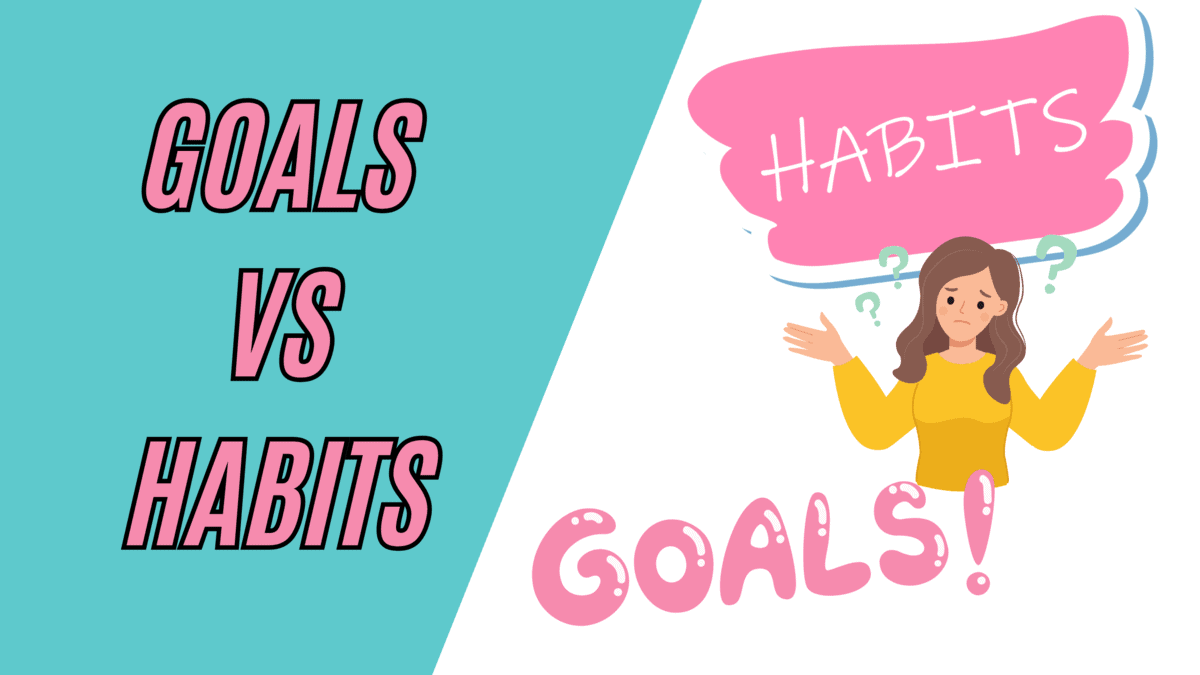In the world of comedy, few names shine as brightly as that of Jerry Seinfeld.
As one of Comedy Central’s “Top 100 Comedians of All-Time” Seinfeld has made a lasting impact on the entertainment industry, with his unique humor and unrivaled wit.
Co-creator and co-writer of the eponymous, long-running sitcom “Seinfeld,” he has garnered numerous awards and accolades for his work in television.
So by now, you’re probably wondering, “What does a comedian have to do with anything?”
Well, it all comes down to Seinfeld’s secret sauce that has propelled him to such dizzying heights of productivity, performance, and consistency – enter the “Seinfeld Strategy.“
The Seinfeld Strategy is a simple yet effective approach to achieving consistency with our goals and building lasting habits. It is a testament to the power of small, incremental changes that can lead to significant improvements in our lives.
So, how can we apply this strategy to our own pursuits and aspirations? And what insights can we glean from Seinfeld’s storied career?
In this article, we’ll explore these questions and more, delving into the fascinating world of the Seinfeld Strategy and uncovering the keys to consistency, productivity, and high performance.
Understanding the Seinfeld Strategy
Now that we’ve introduced the Seinfeld Strategy, let’s delve deeper into its origins and understand its core principles.
The strategy first came to light when a young comedian, Brad Isaac, had the opportunity to approach Jerry Seinfeld for advice on how to succeed in the world of comedy. What followed was a simple yet profound lesson that would change the way many people approach their goals and habits.
When Isaac asked Seinfeld for tips on becoming a better comic, Seinfeld’s advice was surprisingly simple:
“Write every day.”
But the real genius of the strategy lies in how he suggested Isaac achieve this daily commitment.
Seinfeld recommended using a wall calendar and marking each day he spent time writing with a big red X. The idea was to focus on creating a chain of Xs, with the primary goal of not breaking the chain.
This emphasis on continuity and consistency, rather than the results of the task itself, is what sets the Seinfeld Strategy apart from other goal-setting techniques.
By concentrating on maintaining the chain of daily progress, we shift our focus from the often daunting end goal to the manageable and achievable task at hand. This approach helps us develop discipline and persistence, which ultimately leads to the formation of lasting habits.
Applying the Seinfeld Strategy in Your Life
Now, be assured that the Seinfeld Strategy is not just for comedians or writers – it can be a powerful tool for anyone striving to achieve success in various fields.
Top performers across numerous disciplines often set themselves apart from their peers not by sheer talent, but through their unwavering commitment to consistency.
To apply the Seinfeld Strategy in your own life, all you need to do is follow these simple steps:
Step 1: Choose a Meaningful Yet Simple Task
Identify an activity that is important to you and contributes to your larger goals. This task should be something you can realistically do every day and one that will lead to a desired outcome when practiced consistently.
The task has to be clear, achievable, and aligned with your long-term aspirations. For instance, instead of setting a vague goal like “write a book” commit to writing 500 words every day. This approach makes your goal more manageable and less intimidating.
As we personally run a freelance business that relies heavily on bringing in new clients from one month to the next, investing time in client outreach every day is a no-brainer in our situation.
With the desired outcome of bringing in more clients, work, and profits, our task was simple – “send 5 outreach emails every weekday”
Other examples of simple tasks that have a large impact on long-term goals when carried out consistently are:
- Spend 30 minutes a day learning a new language
- Practicing a musical instrument for an hour each day
- Reading educational content every day for personal development
- 30 minutes of social media engagement to build your following and network
- Exercising for 30 minutes a day. Whether it be a gym session, light cardio, or even a walk
- Starting your morning with supplements like probiotics and vitamins (Athletic Greens is my go-to)
Step 2: Get Yourself a Physical Calendar
Invest in a physical calendar, one that you can place on your wall or desk. This calendar will serve as a visual representation of your commitment to the task and help you track your progress.
Be sure to position your calendar in a location that is easily accessible and close to where the routine will be performed. It’s no good having your calendar at home if it’s a task that you complete in the office.
Step 3: Start Your Chain
Begin marking each day you complete your chosen task with a big red X. Focus on building a chain of Xs, and make it your primary goal to avoid breaking the chain.

A Word of Warning
When choosing your task, ensure that it is sustainable and capable of producing the desired outcome. Setting unrealistic expectations may lead to burnout and hinder your progress in the long run.
And be sure to be compassionate with yourself if you miss an X. Understand that setbacks are a natural part of any journey.
If you happen to miss a day, avoid harsh self-talk and instead focus on getting back on track as soon as possible. Remember that consistency is the key.
A single missed day does not define your overall progress.
By diligently following the Seinfeld Strategy, you’ll find that consistency eventually leads to mastery in your chosen field. Through regular practice, you’ll develop not only new skills but also reinforce existing ones, enabling you to excel in various aspects of life.
So, why not give the Seinfeld Strategy a try? You might just find that it’s the missing ingredient in your recipe for success.
Why the Seinfeld Strategy Works
The Seinfeld Strategy has gained popularity and stood the test of time for several reasons.
Accountability
The Seinfeld Strategy provides a tangible “stick” aspect that keeps you accountable. Missing a square on the calendar stands out and is visually unappealing, which serves as a strong incentive to avoid such misses. This daily reminder of your commitment encourages you to stick on track.
Reward
The strategy also offers a “carrot” aspect through positive reinforcement. Filling in a square on the calendar is incredibly satisfying, as marking a task as complete releases a dose of dopamine, the feel-good neurotransmitter.
This rewarding sensation motivates you to continue your progress, moving your one step closer to your long-term annual, quarterly, and monthly goals each day.
Memory enhancement
The physical calendar serves as a constant, in-your-face reminder of your goal. This tangible presence keeps the task at the forefront of your mind, making it difficult to forget or neglect your daily responsibilities.
Easy to use
The Seinfeld Strategy is low-friction and easy to use compared to more complex goal-setting systems. Its simplicity eliminates potential barriers to entry, allowing individuals to focus on the task at hand without getting bogged down in intricate planning.
Physicality
In an increasingly digitized world, the physical nature of the calendar offers a grounding and satisfying element. The tactile experience of marking off a completed task can be immensely rewarding and instill a sense of accomplishment.
Adaptability and Customization
The Seinfeld Strategy can be tailored to suit individual needs, preferences, and circumstances, making it a versatile and flexible approach.
Whether you’re a student, a professional, or an artist, the strategy can be customized to fit your specific goals.
By combining these elements, the Seinfeld Strategy creates a powerful framework for achieving consistency and progress in your chosen pursuits. With its unique blend of benefits, the Seinfeld Strategy has proven to be an effective tool for individuals striving for success in various fields.
Common Mistakes with the Seinfeld Strategy
While the Seinfeld Strategy is undeniably effective, it’s crucial to be mindful of common mistakes that can hinder your progress.
Bundling tasks into one calendar
One of the keys to success with the Seinfeld Strategy is having a dedicated calendar for your specific goal.
Avoid combining it with other calendars or projects, as this can dilute the impact and make it harder to track your progress. The more focused your calendar is on your chosen task, the more effective the strategy will be.
Going Digital
Although it may be tempting to use a digital calendar or app, the physicality of a tangible calendar is a crucial element of the Seinfeld Strategy.
A physical calendar serves as a constant, visible reminder of your commitment and provides a sense of satisfaction when marking off completed tasks. Don’t underestimate the value of this tactile experience – stick to a physical calendar to get the most out of the strategy.
Scheduling the Routine at the Wrong Time
Establishing a consistent routine is vital for success with the Seinfeld Strategy. Be mindful of when you schedule your daily task, and make sure it’s at a time that works best for you.
Consider your energy levels, daily obligations, and other factors that may influence your ability to complete the task. By choosing the right time, you increase the likelihood of maintaining consistency and ultimately achieving your goal.
Check out our article on Biological Prime Time – Running an experiment to find out when you are most and least energized throughout the day.
By being aware of these common mistakes and taking steps to avoid them, you’ll be better positioned to unlock the full potential of the Seinfeld Strategy and make significant strides toward your goals.
Seinfeld Strategy FAQs
It’s a simple technique for building habits and achieving goals by doing a task daily and marking it with an “X” on a physical calendar, with the aim of not breaking the chain.
The strategy relies on consistency, accountability, reward, memory enhancement, and physicality to motivate and help individuals stay on track with their goals.
Yes, the Seinfeld Strategy can be adapted or tailored to suit individual preferences, goals, or circumstances.
Absolutely, the Seinfeld Strategy can be integrated with other goal-setting or productivity techniques like the Pomodoro Technique to create a comprehensive personal growth system.
Periodically review your calendar, take note of accomplishments, setbacks, and trends, and adjust your goals or routines as needed to maintain momentum.
Watch out for pitfalls like misplaced calendars, relying solely on digital reminders, and scheduling routines at inappropriate times.
The Seinfeld Strategy teaches us about the importance of momentum, measuring ourselves against our own progress, and enjoying the stacking of personal accomplishments.




